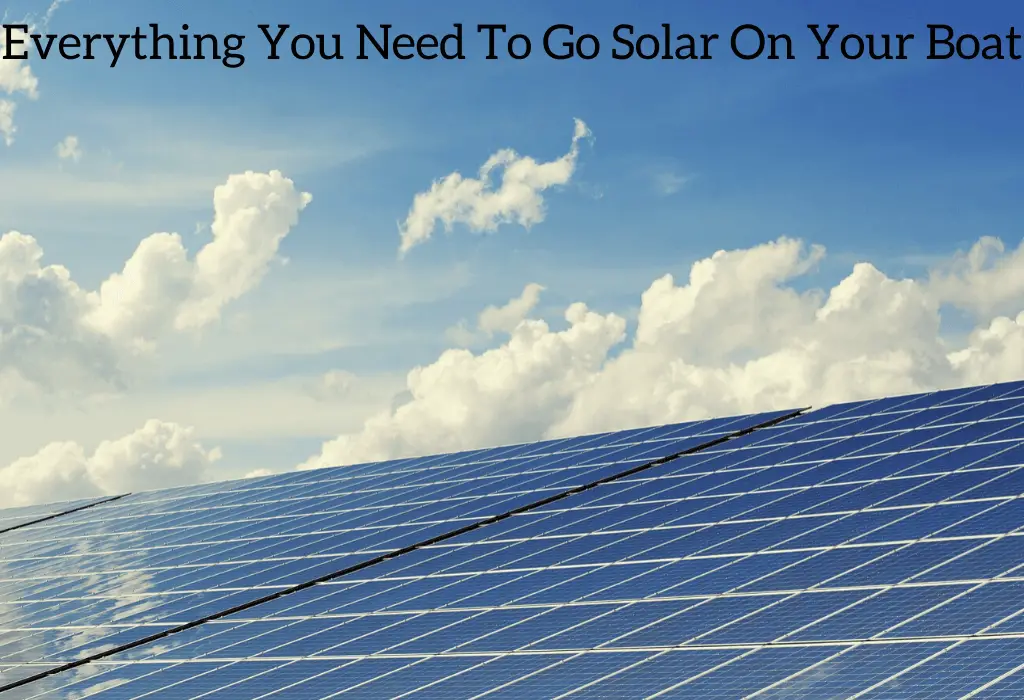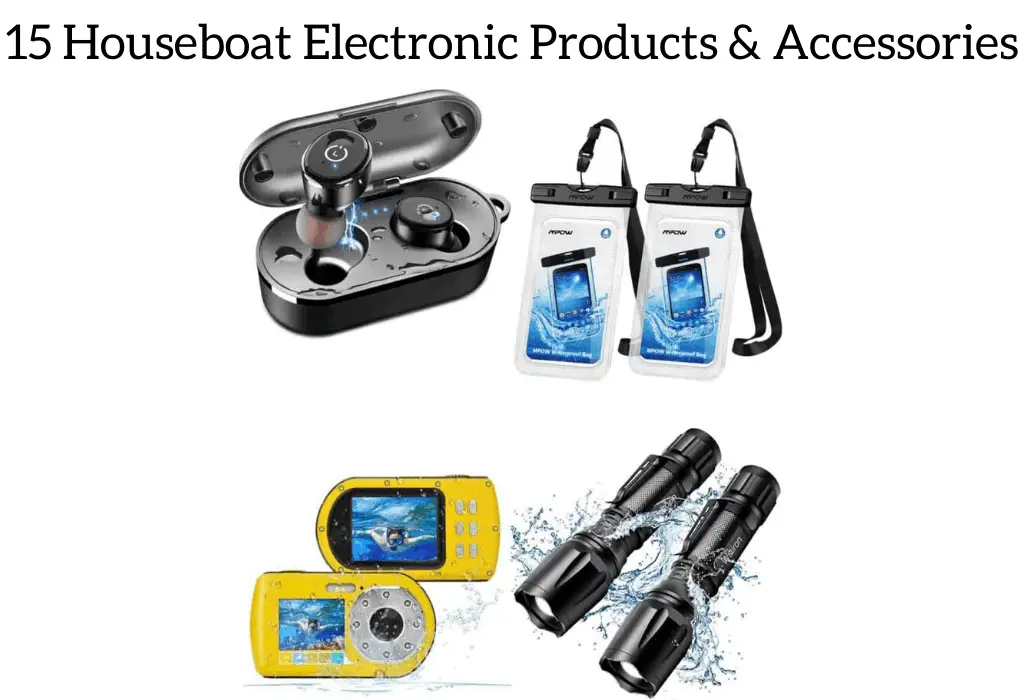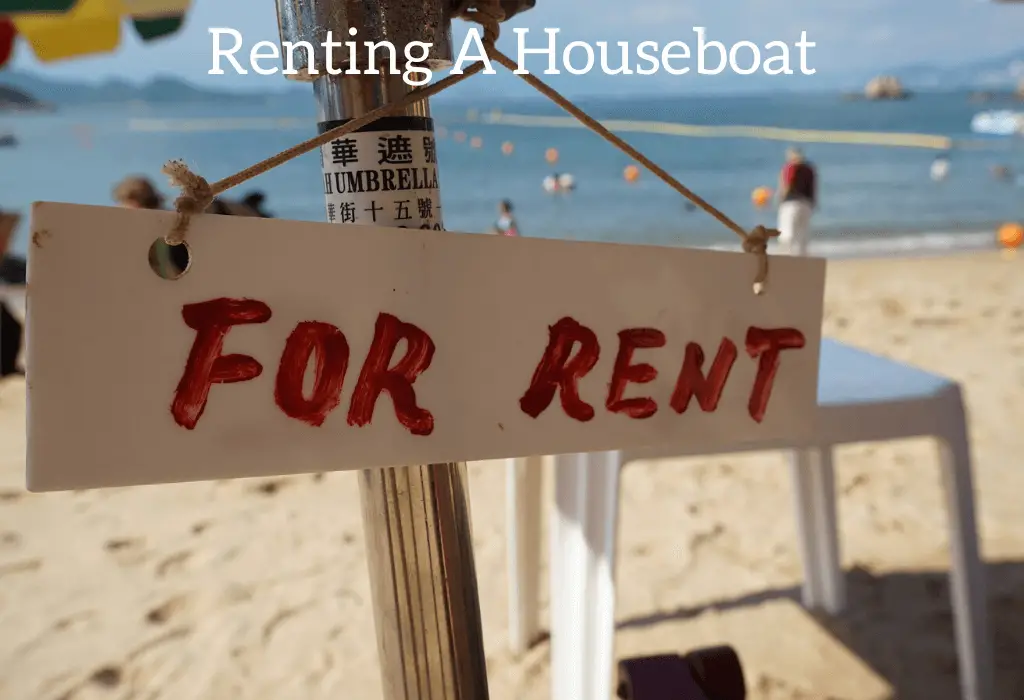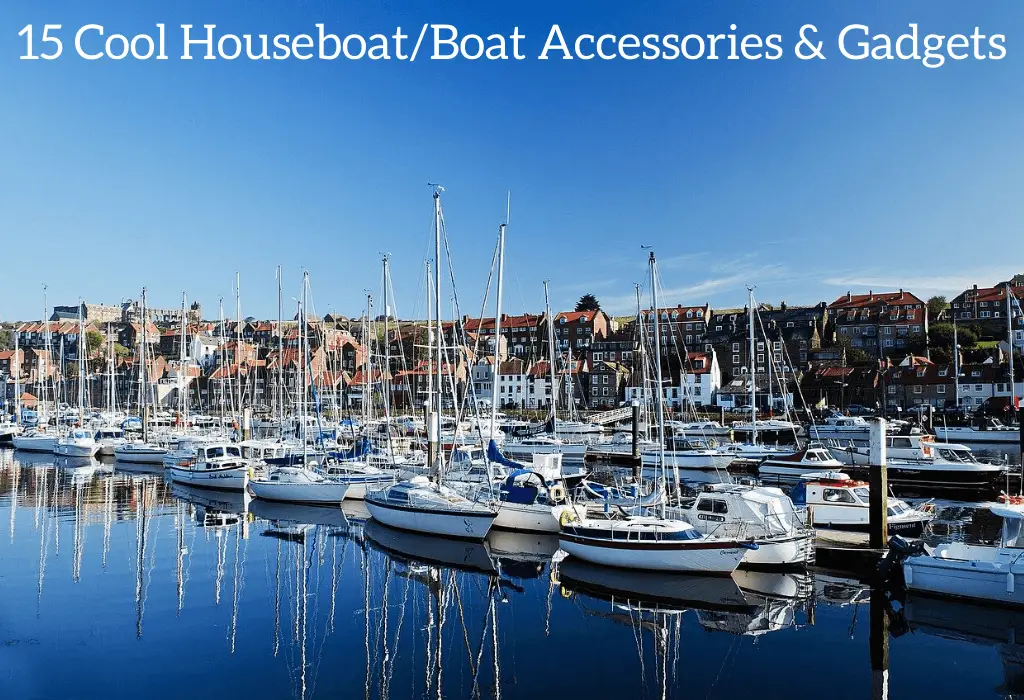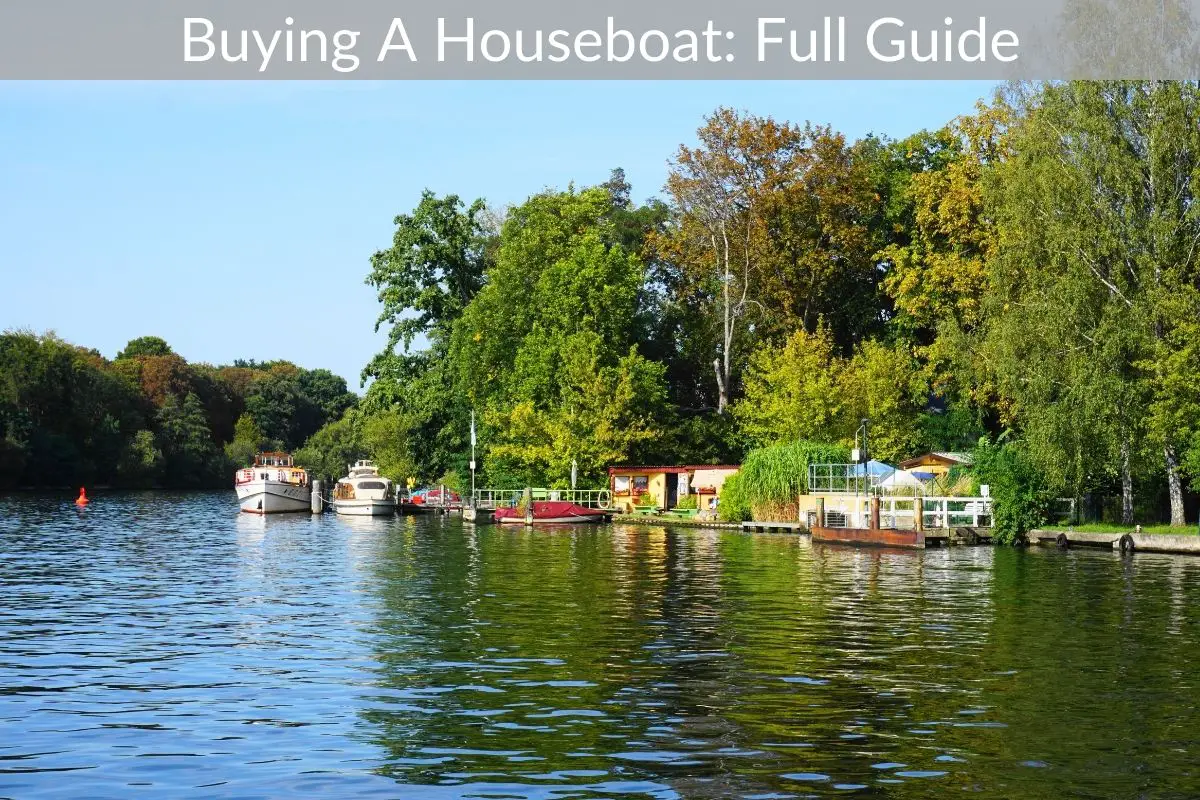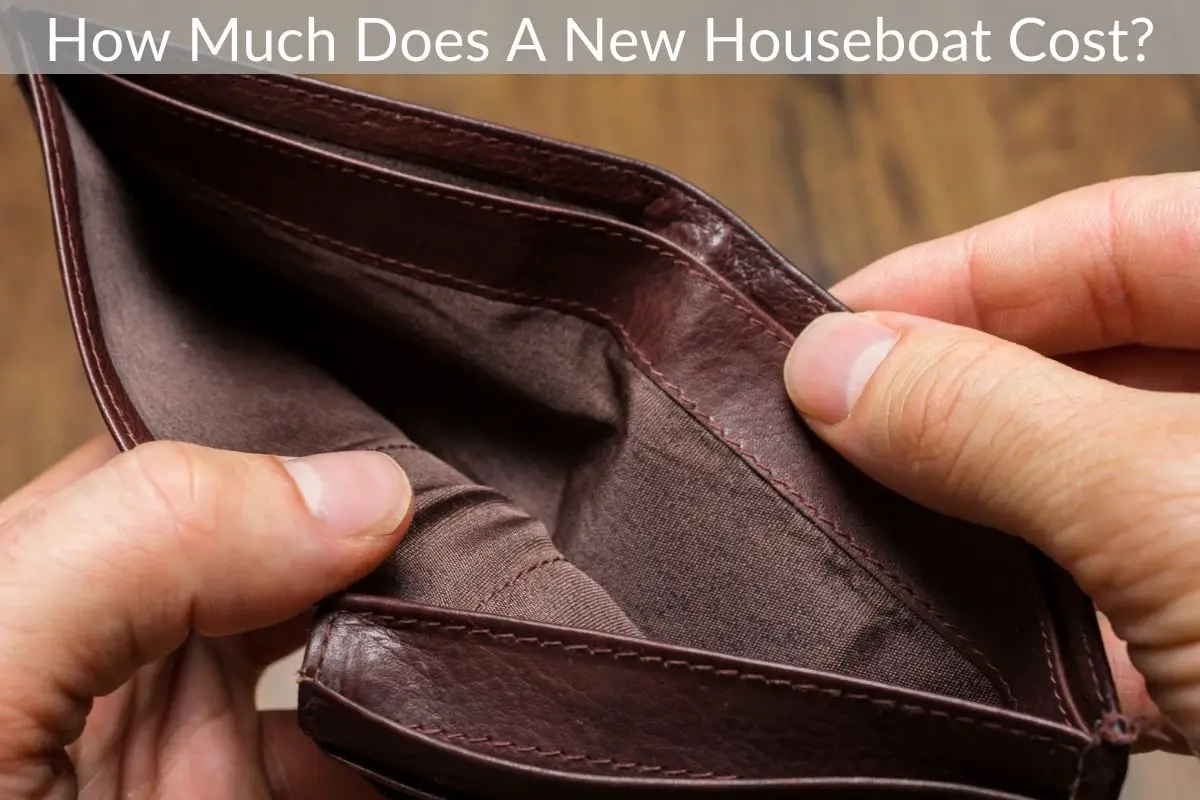*This post may contain affiliate links. As an Amazon Associate we earn from qualifying purchases.
If you are planning on purchasing a houseboat or are going to rent one for your next vacation you are probably curious on how the electricity on a houseboat works. After all water and electricity don’t mix well so how does a vessel on the water have electricity?
So, how do houseboats have electricity? Houseboats get electricity a couple of different ways. The first way they get electricity is by being plugged into the electrical grid when they are docked. The second way is through power producing items such as a generator, solar panel, wind turbine, and more.
In this article I will do my best to help you understand the basics of electricity aboard a houseboat and what you need to have to produce electricity for you to use.
Plugged In At The Dock
This is the most common way that houseboats get electricity. While the boat is docked at the marina it will normally be plugged in to provide the needed electricity for your use. When it’s plugged in at the dock some boats will also charge their batteries so as they have power when they go out on the water.
Of course this electricity isn’t just free. The boat owner will normally pay for electricity in their monthly dock fees or pay by the amount of electricity that is used.
If your houseboat is docked most of the time then using electricity on board will be similar to using it at a normal home. You will just use whatever you need with whatever devices you want and it will work normally.
When you are unplugged from the dock and running on batteries or generator power you will often have to prioritize your electricity usage but this isn’t necessary when you are plugged in at the dock.
Using A Generator
This is another common way that electricity is provided on a houseboat. Most boats will have a gas or diesel generator that can be started and run to provide power to the vessel. The generator can be used to power appliances, small electronics, and even charge your boat’s batteries so you don’t have to run the generator 24/7.
When using a generator for electricity you will often have to prioritize your appliances or other large electrical users and only have a couple of items on a time. Unlike a traditional home you won’t be able to use a washing machine, dryer, AC unit, TV, Fridge, etc all at once when running on a generator.
Not only will you have a peak voltage that your generator can handle at once but it will also have a running voltage which is the amount of power that your generator can produce at once. So if your AC unit uses 1,000 watts to run but takes 2,000 watts at startup then your generator will need to have a 2,000 watt peak and 1,000 watt running power just to operate the AC unit.
If you are wanting to learn more about boat generators you can read the article that I wrote about generators here.
Set Up Solar Panels
After plugging in and generators the next most popular way to produce electricity on a boat is with solar panels. Of course solar panels require your boat to be exposed to the sun so if your boat is in a local that is cloudy most of the year than solar won’t work well for your boat.
Assuming the boat is in a location where there is some regular sun then solar is a great way to power your boat. Solar used to be quite an expensive option but as technology has advanced the prices have come down quite a bit on the panels as well as batteries and other required equipment.
There are quite a few options to choose from when it comes to solar panels and the other needed equipment with new advances in technology happening on a regular basis. There are many different sizes of panels and solar systems to choose from and the prices are getting more reasonable all of the time.
If you are interested in learning more about solar systems you can read an article I wrote about them here.
Use A Wind Turbine
The last popular way to get electricity on your vessel that I will mention is via wind turbines. If your boat is in an area with strong winds on a regular basis than a wind turbine or two can produce quite a bit of power.
Some of the most popular models will produce up to 500w of electricity and will start producing at wind speeds as low as 2mph. A combination of solar panels and wind turbines is a great way to ensure you are producing enough electricity to meet your needs on board.
You can certainly just use wind turbines to charge your batteries but wind is far less reliable than solar or a generator so it is often used far less as well.
There are of course many other ways to produce electricity on board your vessel but the above three are by far the most common. In the modern area we live in electricity is almost a must for everyone to have.
Even if you are planning on being “off grid” you will still want some electricity to heat water, cook things, or to have a couple of modern conveniences while you are on board.
However you produce electricity while on board your houseboat it is important to know how much electricity you will use and how much each method will produce. The last thing you need is to run out of power two days into your vacation and have to shut off all of the power to all your electronic devices.
Knowing how much electricity everything on board will use before you ever leave shore and how much power your generator, solar, or wind turbine will produce will allow you to keep everything powered for your entire trip!
As with everything, planning ahead is always the best course of action and it can ensure you never run out of electricity no matter which method you use to produce it.
As always,
Happy boating

